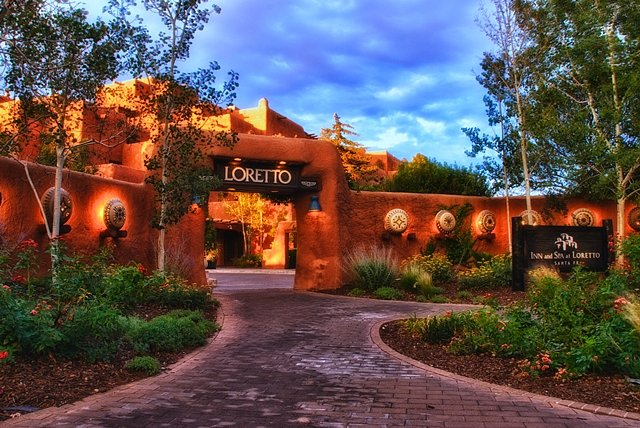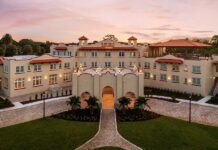By Susan Short
Santa Fe is one of America’s most historic, artistic, and fascinating cities. As soon as you arrive, you know there is something special in the air. The light is different, and the world seems so much better. Known as “The City Different,” the nation’s oldest state capital city is a place unlike any other in the world. Santa Fe is 400+ years of cultural fusion with echoes of the past alive in the present. While history is an ever-powerful presence, there is also a thriving contemporary and progressive sophistication. Santa Fe is stimulating yet relaxing, playful but educational, centuries old with modern touches.
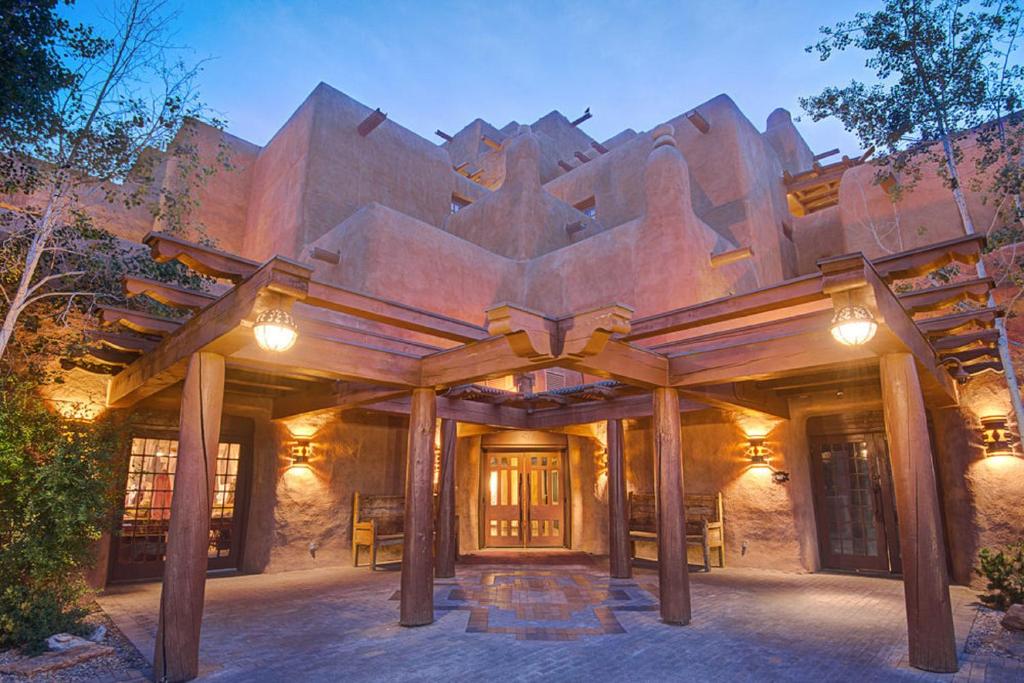
During the 18th century Santa Fe served as the administrative, military, and missionary headquarters of a vast, sparsely populated Spanish colonial frontier province. U.S. interest in the area was aroused by the report of Lieut. Zebulon M. Pike, who was imprisoned there during his exploration of the Southwest in 1806. After Mexican independence (1821), a brisk wagon-train commerce developed over the Santa Fe Trail. During the Mexican War the city was occupied (1846) by U.S. forces under Gen. Stephen Watts Kearny, and an English-language newspaper was published there in 1847. After New Mexico was ceded to the United States (1848), Santa Fe became the capital in 1851 of the Territory of New Mexico and, in 1912, of the state. In 1862 the city was occupied for two weeks by Confederate forces under Gen. H.H. Sibley. The railroad arrived in 1880, and there were brief mining booms in the nearby mountains, but the city essentially remained a trading centre for ranchers, farmers, and Indians.

Construction in the early 1940s of the Los Alamos Scientific Laboratory (later Los Alamos National Laboratory) for atomic research, 35 miles (56 km) northwest, brought new economic vitality to the area.
The Palace of the Governors (built by Peralta in 1610) was restored as a museum in 1914. A new group of spaciously landscaped state government buildings, including the capitol (completed in 1966), faces the river. Traditional Spanish-Pueblo Indian architecture has been protected since 1958 by zoning ordinance. The 17th-century Chapel of San Miguel, also known as Oldest Church (rebuilt 1710, restored 1955), and the Cathedral of St. Francis, built in 1869 by John B. Lamy, first bishop of Santa Fe, are architectural landmarks.

We hung our hats at the storied and ever so beautiful Inn and Spa at The Loretto. This gem of a property is not only beautiful, but right in the center of everything Santa Fe has to offer. Our room overlooked the recently renovated pool and spa area that was sensational day and night! It is the most photographed building in the state, with a premier location in the heart of Santa Fe’s historic Plaza. Featuring 136 well-appointed suites and guest rooms, including a Penthouse Suite, an award-winning spa, Luminaria Restaurant and Patio, and a year-round heated garden pool, as well as many unique onsite galleries and boutiques. One of the most outstanding is Tribu- a must for exceptional clothing, accessories, home accessories and jewelery.
https://www.tribu-boutique.com
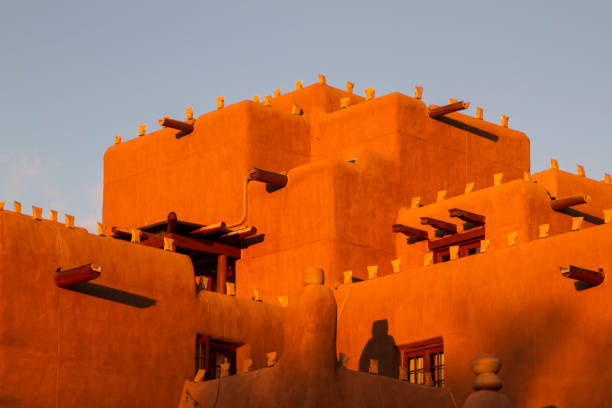
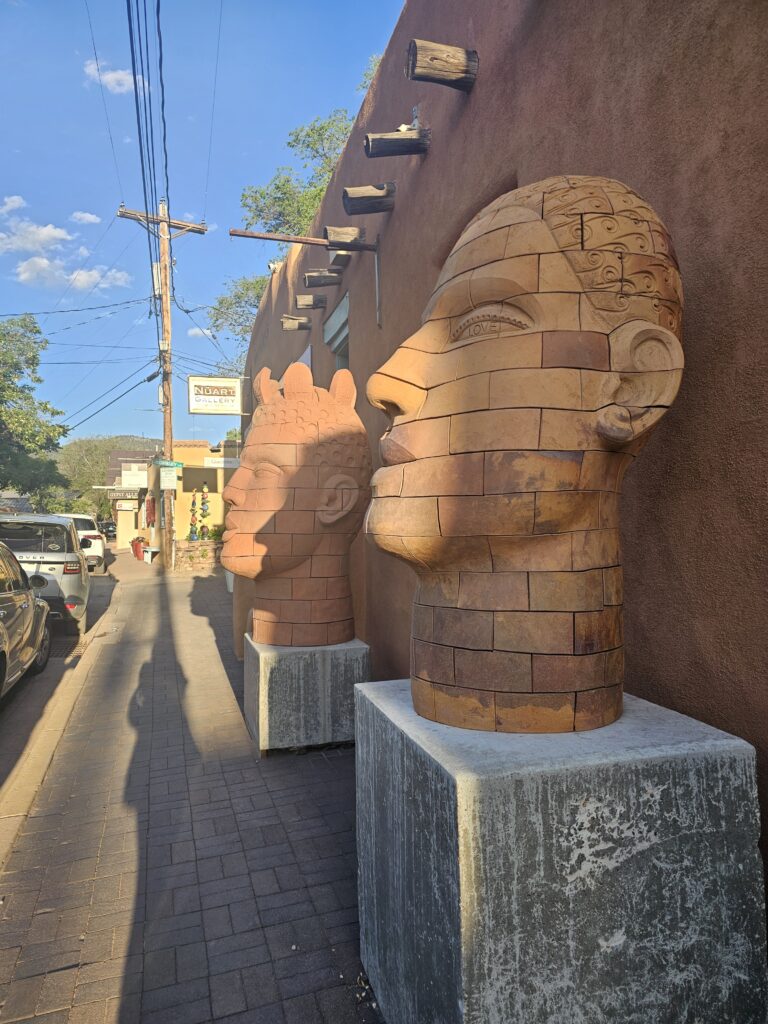
In addition to a cultural immersion of art and architecture, there are may exciting museums to visit within walking distance. Highly recommended is the Georgia O’Keefe museum, dedicated to the artistic legacy of Georgia O’Keeffe, her life, American modernism, and public engagement. It opened on July 17, 1997, eleven years after the artist’s death. It comprises multiple sites in two locations: Santa Fe, New Mexico, and Abiquiu, New Mexico.
Also a must is Museum Hill. The Museum of International Folk Art, The Museum of Indian Arts and Culture, The Santa Fe Botanical Garden and The Wheelwright Museum of the American Indian are all part of the stunning complex that sits amidst beautiful sculptures and in a picturesque location. The Museum of International Folk Art’s holdings represent diverse cultures and constitute the largest collection of international folk art in the world. The core collection donated by museum founder Florence Dibell Bartlett and representing 34 countries has grown to a collection of over 130,000 objects from more than 100 countries.
https://www.moifa.org/collection
Lastly, we visited the Puye Cliff Dwellings.
The Puye Cliff Dwellings are the ruins of an abandoned pueblo, located in Santa Clara Canyon on Santa Clara Pueblo Reservation land near Española, New Mexico. Established in the late 1200s or early 1300s and abandoned by about 1600, this is among the largest of the prehistoric Indian settlements on the Pajarito Plateau, showing a variety of architectural forms and building techniques.
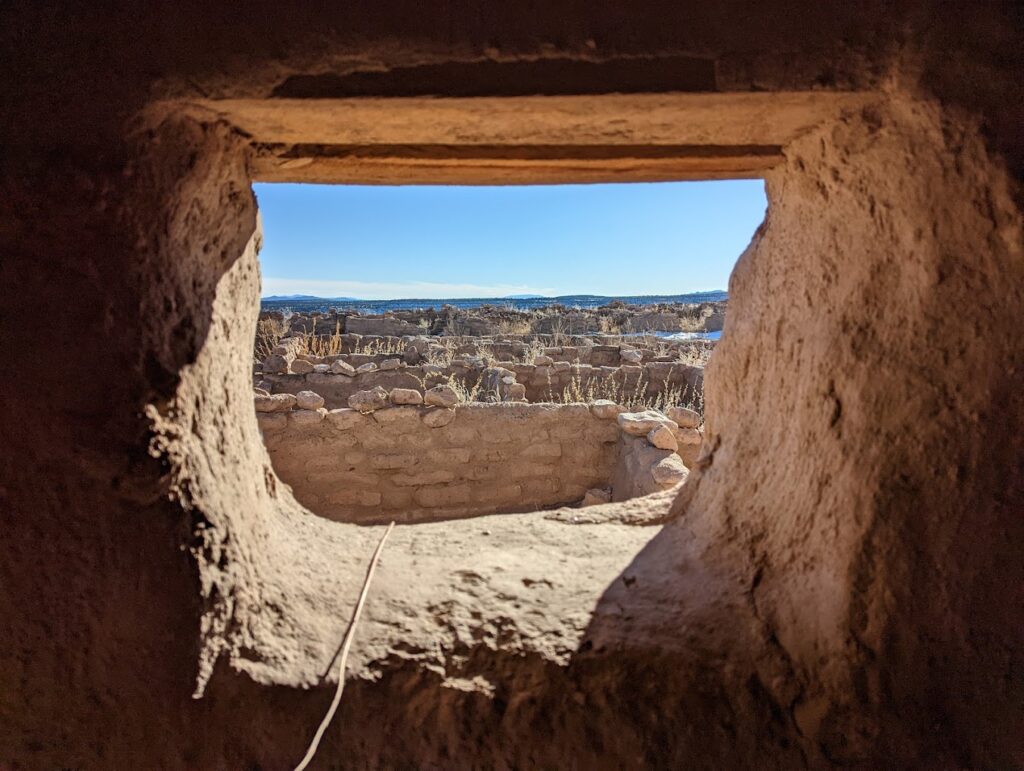
The site was declared a National Historic Landmark in 1966.
The name Puye (Tewa language: pu, “cottontail rabbits,” and ye, “to assemble”), possibly a place for hunting rabbits.
The Puye Cliffs complex includes two levels of cliff-dwellings and both surface and cave dwellings. The two levels of cliff dwellings, the mesa top and reconstructed ‘Community House’ are accessed by paths and about twelve stairways and ladders cut into the side of the cliff. One level of cliff dwellings is over 1 mile (1.6 km) long and the second is about 2,100 feet (640 m) long.
The ruins are within the northern end of the Puye Formation, a geologic formation of pyroclastic and block and ash flows exposed east of the Jemez Mountains. The dwellings were carved out of soft volcanic tuff (the Bandelier Tuff) on about a 200 feet (61 m) cliff ridge. The rock is relatively soft and can be excavated using wooden tools. The cliff dwellings held about 740 rooms and ruins at the base of the cliff that likely held additional dwellings. On top of the mesa are cave dwellings of the Pueblo II Era around which a multi-storied puebloan village was built. The south portion of the complex had 173 rooms on the ground floor. The total number of rooms is not known, but would include rooms on the northern side of the complex and the upper levels. In the center of the complex was a large plaza.
Although we did have some major issues flying back to Sarasota, due to weather and extremely bad service from a certain airline. It was worth the trouble and certainly a learning experience.
Santa Fe is a magical destination, one that you can’t possibly cover in one visit. It is a big sky on fire with colors of artistic expression that has lasted centuries and the spirit will continue.
For More Information:















